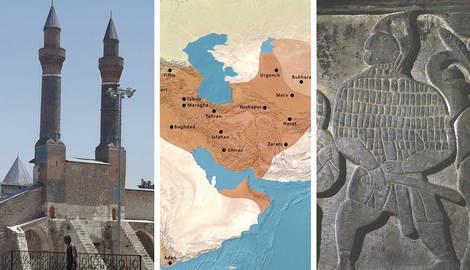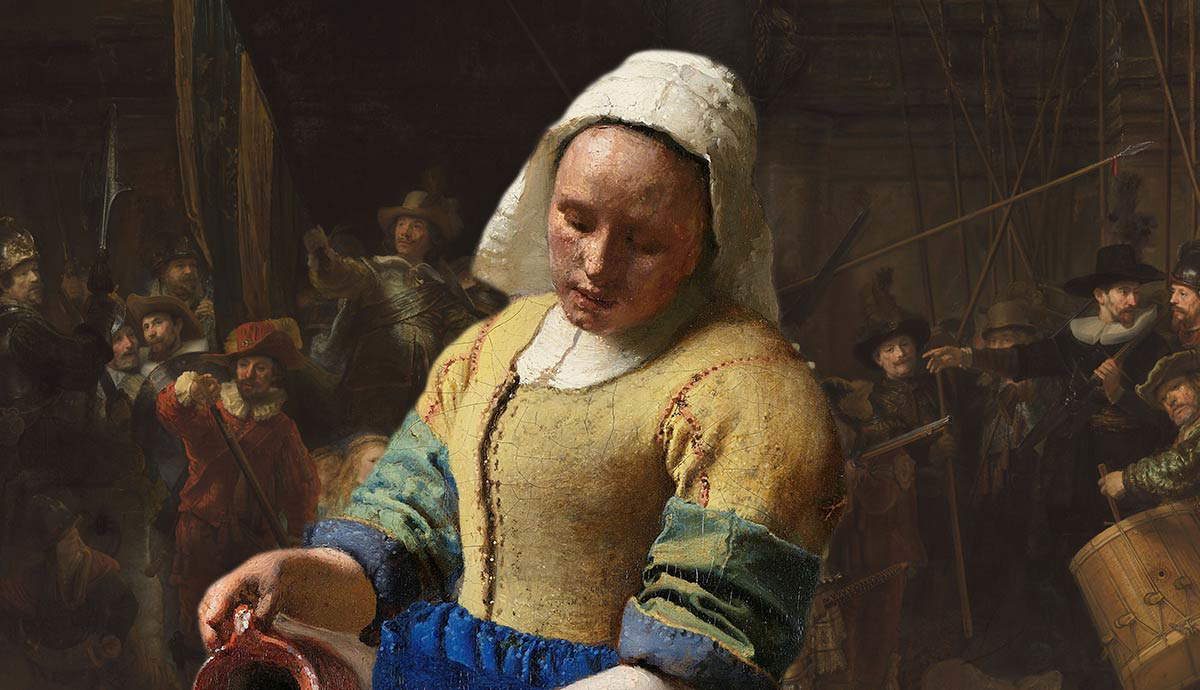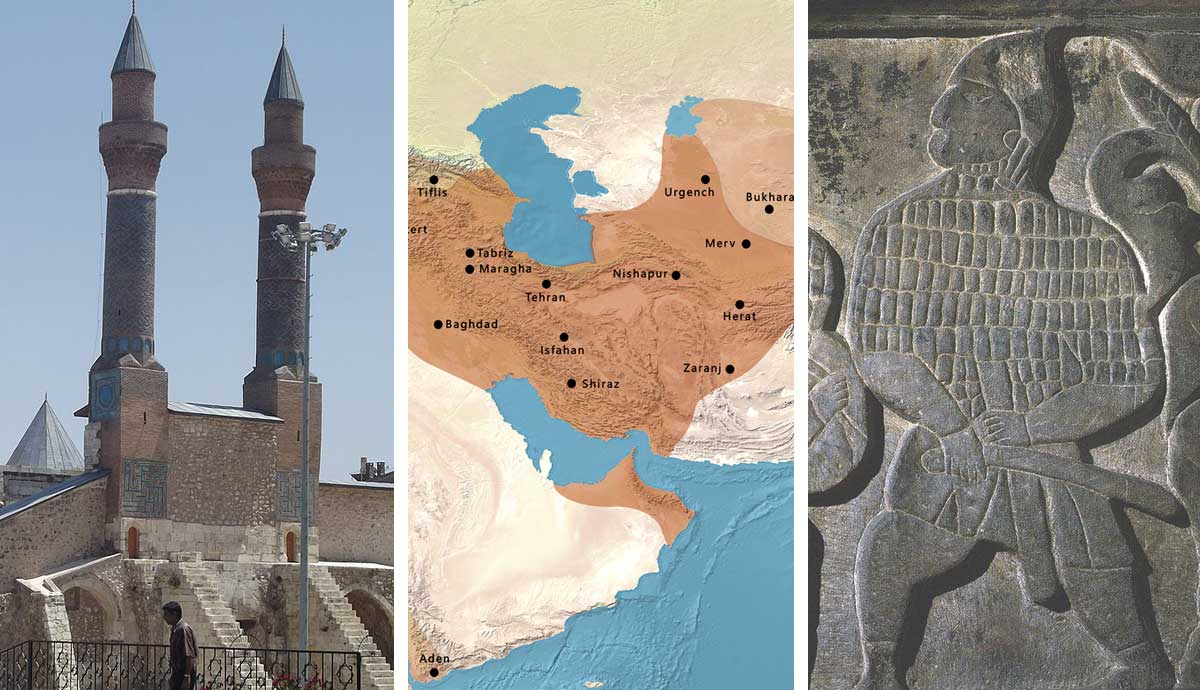
The Seljuk Empire might not be as well known as the Ottoman, but its impact on Türkiye cannot be overstated. These nomadic Central Asian warriors-turned-rulers transformed Anatolia from a primarily agricultural region into a major hub of trade and governance. During their reign, the Seljuks built stunning mosques and lovely madrasas and caravanserais that connected the Silk Road to the Mediterranean. Even though the Seljuk Empire eventually declined, its legacy remains, in the form of some of Türkiye’s most beautiful medieval sites.
Who Were the Seljuks?
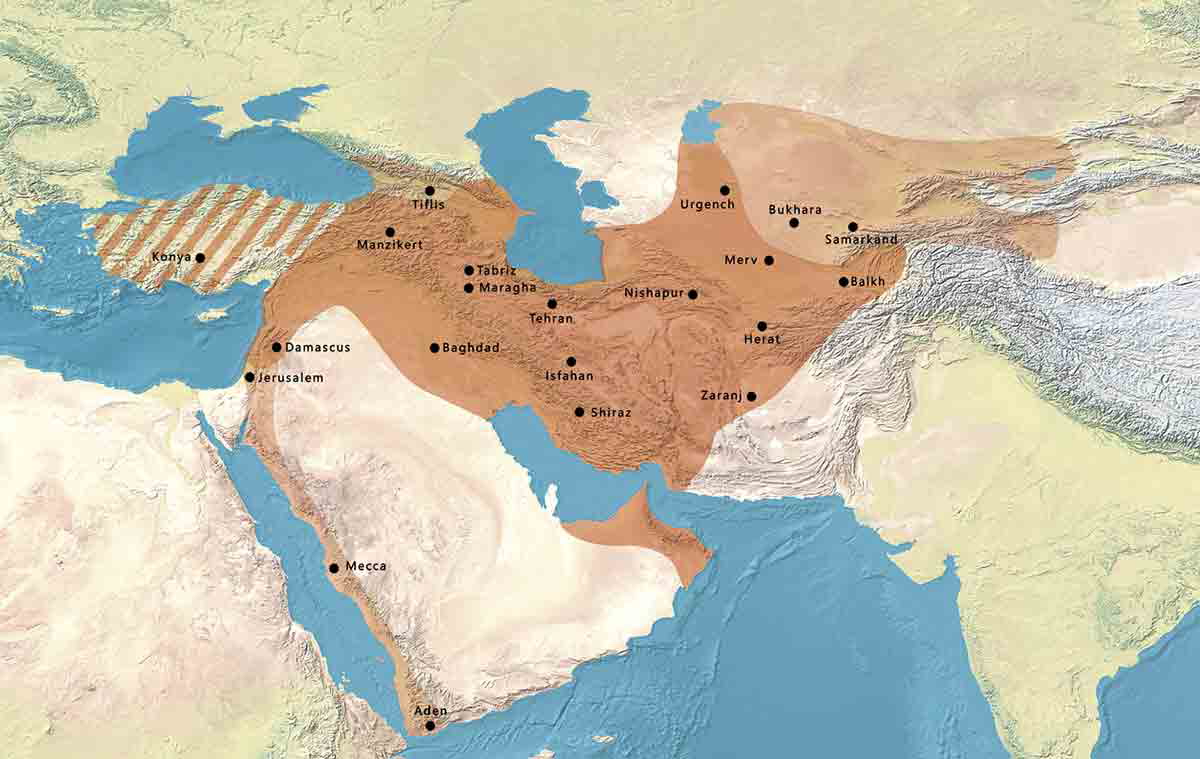
The Seljuks didn’t just casually wander into Anatolia—they stormed onto the scene with a surprising win at the Battle of Manzikert in 1071. Their victory knocked the Byzantines off their perch and helped the Seljuks establish Turkic rule in the area. Descending from the Oghuz Turkic tribes of Central Asia, the Seljuks weren’t your average nomadic people. They were a well-organized group of warriors with a solid tribal system that let them expand swiftly across Central Asia, Persia, and Anatolia.
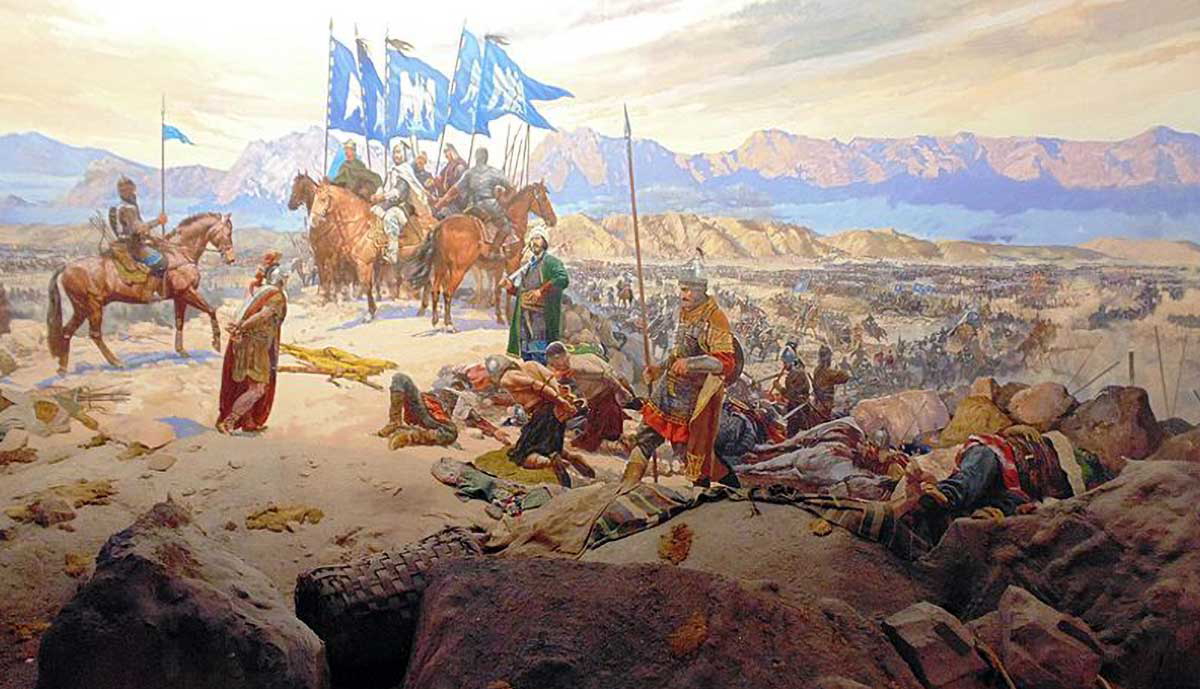
At its peak, the Seljuk Empire stretched all the way from Persia (modern-day Iran) to the Mediterranean. Art, science, and learning were valued and nurtured, laying the groundwork for the Ottomans who would soon follow. Many of the Seljuk’s achievements, especially in administration, urban planning, and architecture, have been miscredited to the Ottomans, something many historians decry. This happened partly because, rather than building new structures or creating new systems of governance, the Ottomans absorbed and built upon the Seljuk legacy, often restoring, repurposing, or expanding what had already been established.
By the time they reached Anatolia, the Oghuz tribes had already converted to Islam. Initially, they were followers of Tengrist beliefs, which were connected to Central Asian shamanism. Their Islamic conversion, around the 10th century, aided the expansion of Islam to the West and helped them grow their military strength.
The Seljuk Empire lasted barely a century and a half. Yet their impact left a lasting influence on the very culture of Anatolia.
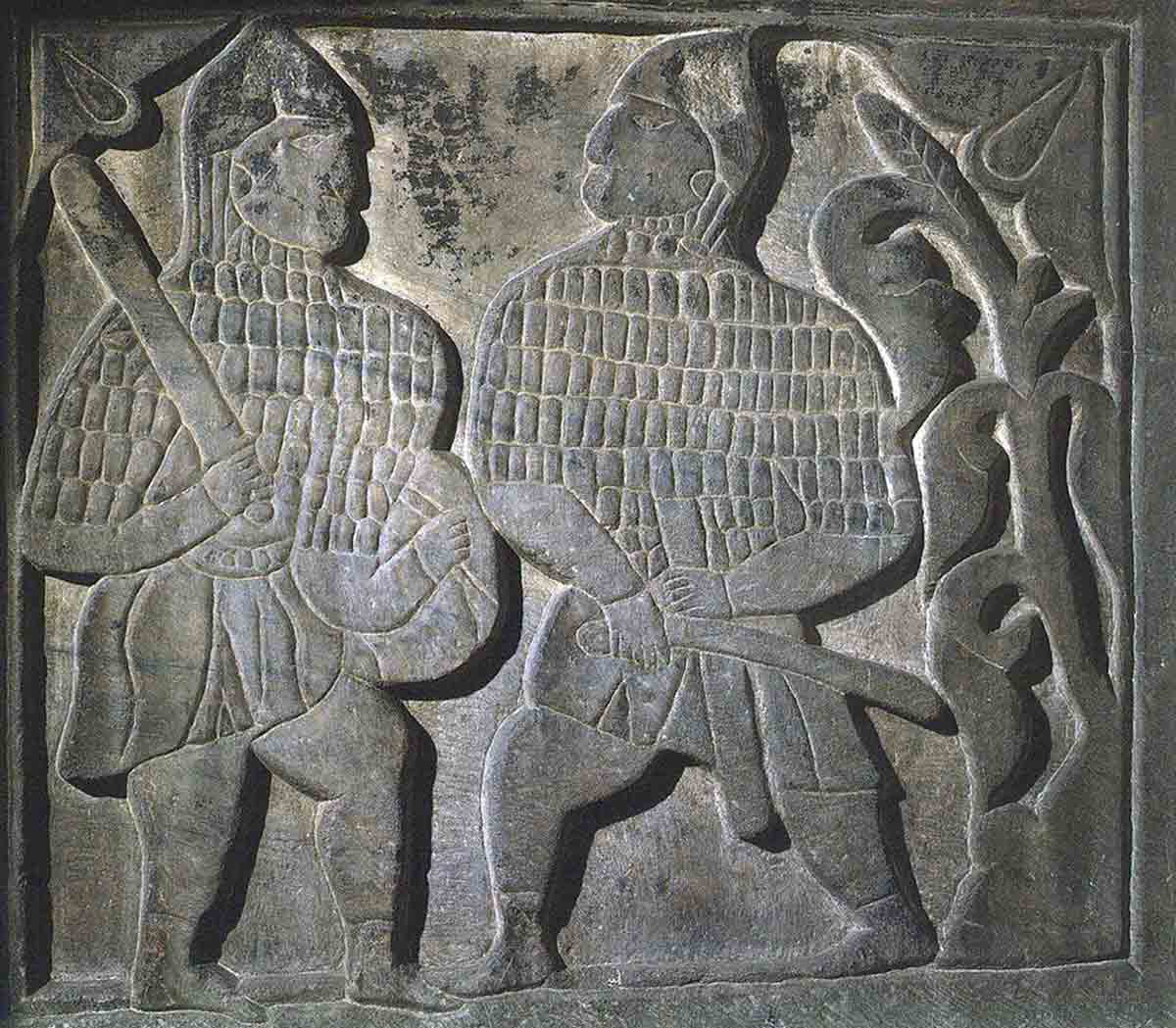
The Seljuks were a unique blend of Persian, Arab, and Turkic cultures, rapidly adopting key elements from each. They took cues from the Persians for their administrative practices, embraced Islamic learning, and developed their own distinctive architectural style. You can still see their impact in Turkey today, from the beautifully carved stone entrances of madrasas (Islamic schools) to the caravanserais that once welcomed Silk Road travelers. Unlike later empires, they had a more laid-back approach to ruling, letting local leaders, or beyliks, keep some control. This setup of distinct Turkic principalities influenced how things were managed in Anatolia long after the Seljuks disappeared.
Let’s take a closer look at the four best Seljuk sites to visit in Türkiye.
Konya
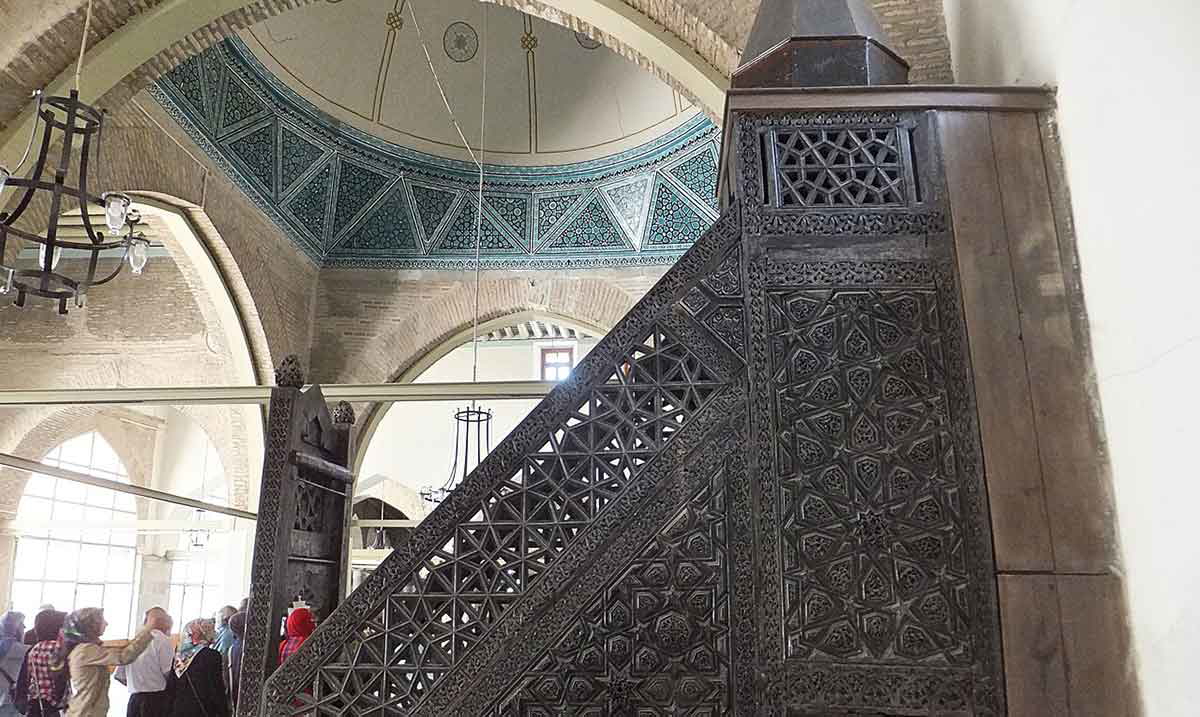
Konya, the Seljuk Empire’s beating heart, is where their rule’s grandeur is most vividly felt.
The Alaeddin Mosque (1235 CE) sits on an eponymous hill and is considered the heart of the Seljuk Empire, both spiritually and politically. It is one of the oldest and most important Seljuk mosques in Türkiye. Inside, you’ll find an incredible mix of rough stone and beautiful woodwork, especially in the mihrab and minbar, which show off the fantastic craftsmanship of the time.
Just a short walk away is the Ince Minaret Madrasa (1279 CE), which grabs your attention with its tall entrance covered in pretty geometric designs and Arabic writing. The former Islamic school now holds the Museum of Stone and Wood Art, where you can check out some stunning examples of Seljuk-era carving techniques. The grand entrance, with its elaborate muqarnas (stalactite-like decoration), is among the region’s finest examples of Seljuk architecture.
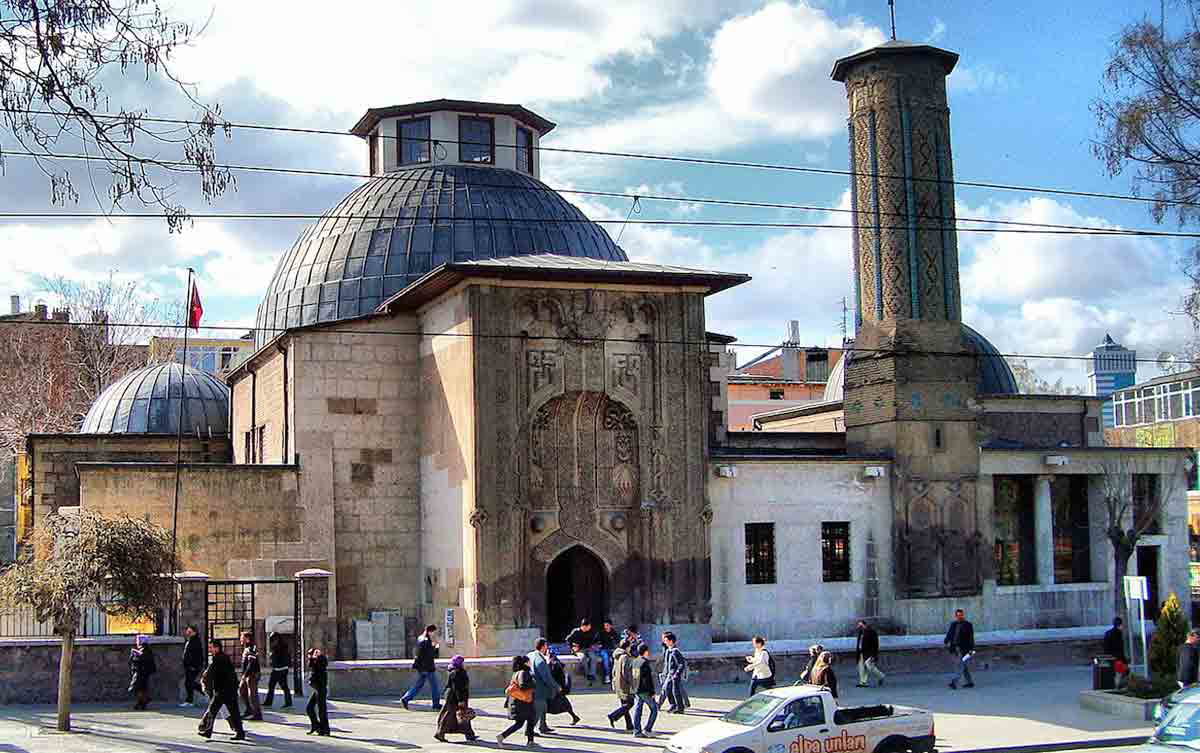
Konya is also home to the Karatay Madrasa (1251 CE), another historical highlight from the Seljuk Period. Unlike other madrasas, this one is particularly renowned for its exquisite tilework. Step inside, and you’ll see deep blue and turquoise mosaics covering the domed ceiling and walls, a splendid contrast to the Seljuk’s usual emphasis on stonework.
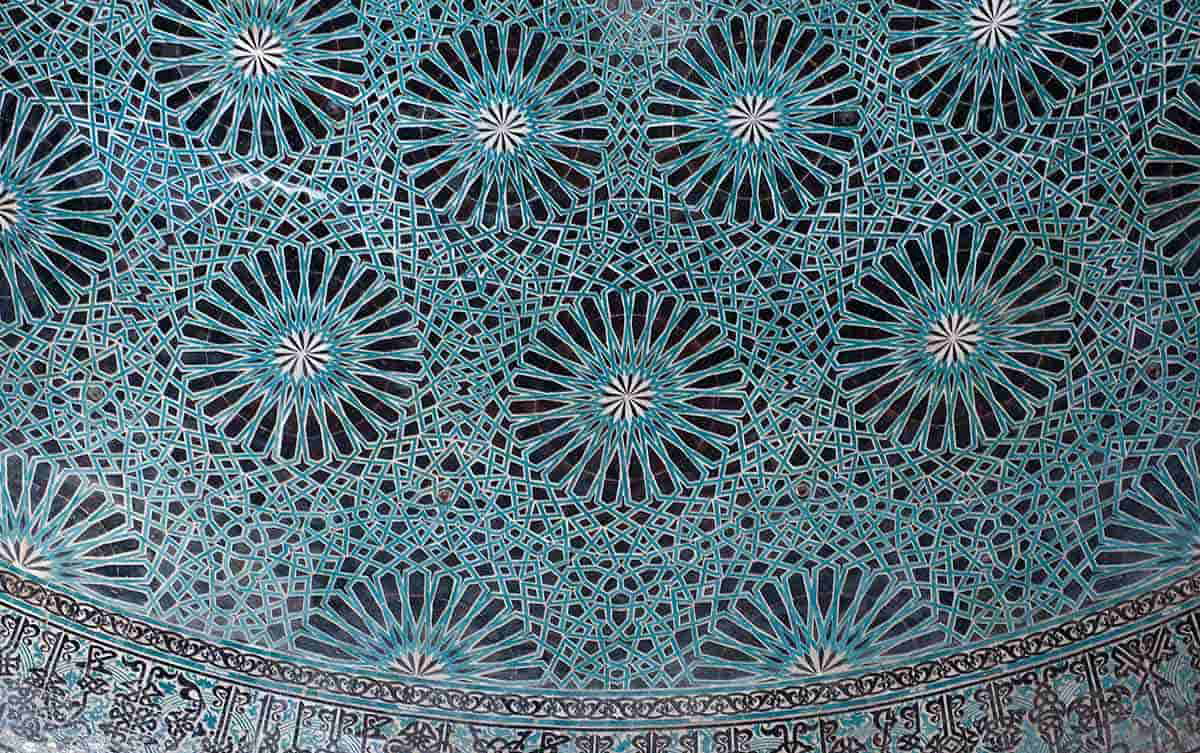
When you explore Konya, look beyond its stunning architecture and you’ll discover a mystical vibe that runs deep in the city. Known for its connection to Rumi and the Whirling Dervishes, Konya has a rich spiritual history dating back to the Seljuk Period. It is a popular stop for travelers seeking a taste of Türkiye’s more traditional side, so, if you’re planning a visit, it is a good idea to dress modestly to respect the local customs.
Sivas

To the east lies Sivas, home to the stunning Gök Madrasa, one of the most beautiful Seljuk madrasas in Anatolia. Built in 1271, its name means “Sky,” inspired by the bright blue tiles that once adorned its entrance—some of which are still there today. The main entrance is really something, featuring lovely geometric and floral designs. Twin minarets stand tall above it, originally covered in shiny turquoise tiles that would have sparkled in the sunlight, making the madrasa visible to travelers for miles. This place started out as a theological school, with a central courtyard surrounded by classrooms where scholars learned about Islam, astronomy, and the sciences.
Though time and neglect have chipped away much of the Gök Medrese’s former glory, making a detour to admire the facade and minarets is worth the effort.
Another of the city’s iconic structures is the Çifte Minareli Madrasa (which translates to Double Minaret Madrasa). It is quite impossible to miss, thanks to its towering twin minarets that stand proudly against the Sivas skyline.
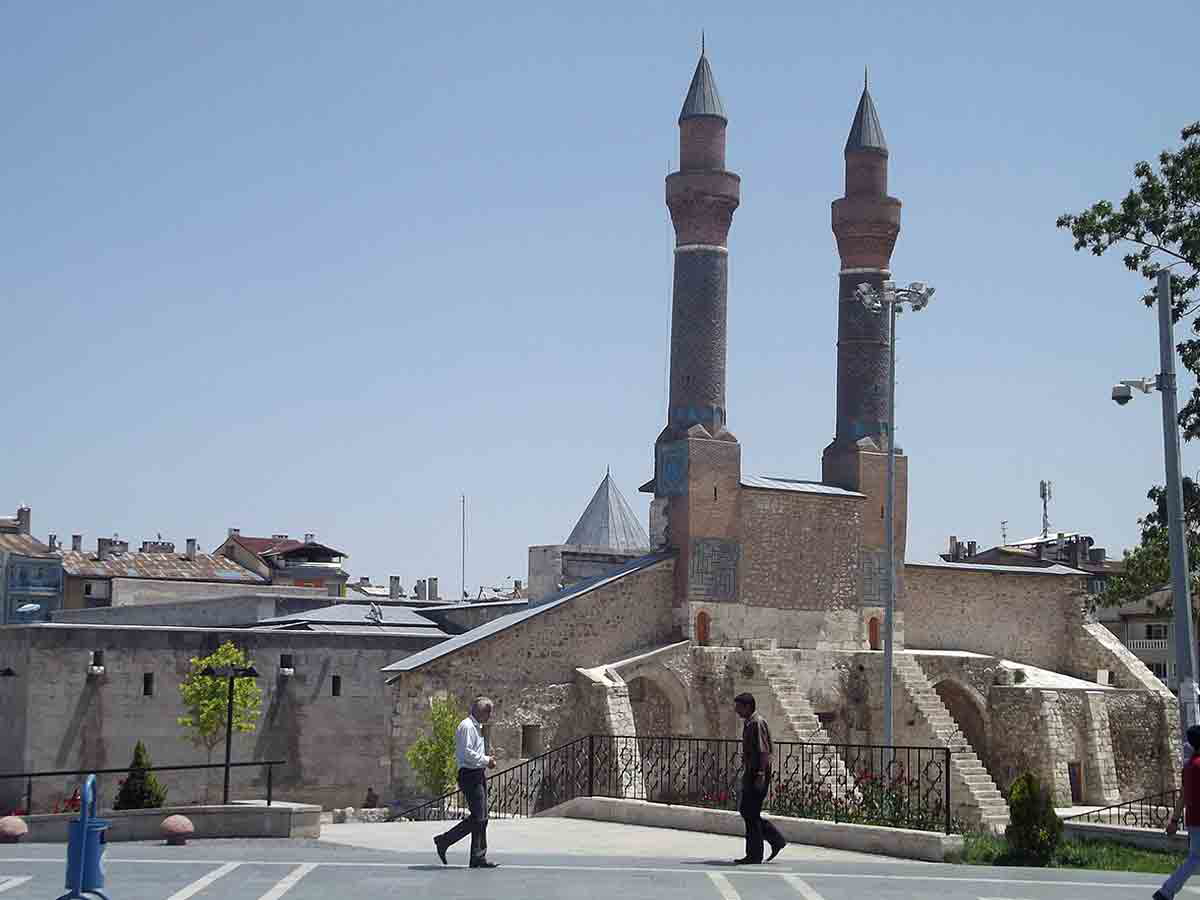
The madrasa has a stunning front that is a true example of Seljuk art, with beautiful floral and geometric carvings all over. The minarets, worn down by time, used to shine with turquoise tiles that must have sparkled brightly in the sunlight.
The courtyard had lecture halls and a big library, and there was even an underground chamber that was likely used for scientific experiments. As with Gök, there isn’t much of this madrasa left standing but it is definitely worth a quick visit to take a look!
Erzurum
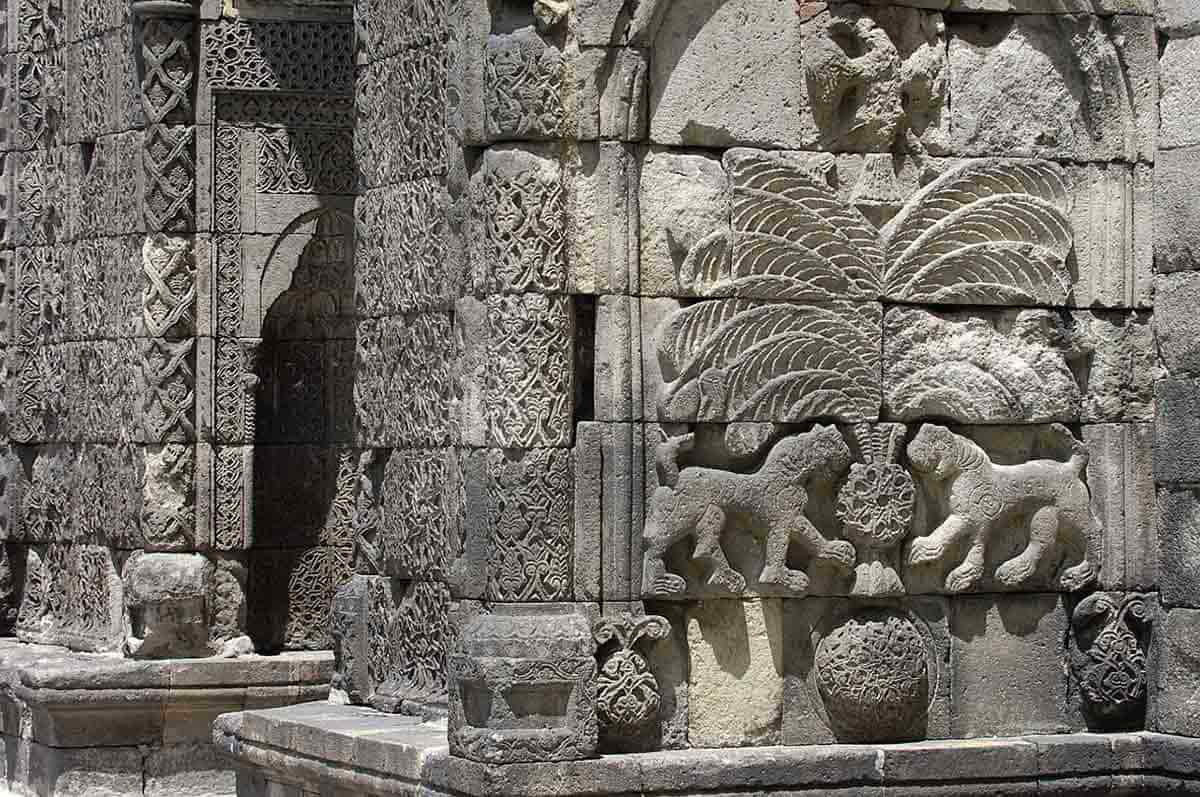
Erzurum was born out of its strategic position on the Silk Road. Long before the Seljuks arrived, it had been a key stop for merchants traveling between Persia, the Caucasus, and Anatolia. Founded initially as Theodosiopolis by the Byzantines, the city changed hands many times before the Seljuks took control in the 11th century. Recognizing its geographic, commercial, and military value, the Seljuks invested heavily in fortifications, trade infrastructure, and learning institutions, transforming Erzurum into one of Anatolia’s most important hubs.
These days, the city is one of eastern Türkiye’s busiest hubs and the springboard for skiing trips nearby. It is also home to a few beautiful reminders of the Seljuk Empire that you won’t want to miss. Visit Yakutiye Medrese (1310 CE), and you’ll step straight into history. Now a museum of Turkish and Islamic arts, it is a place where the past feels alive. As you walk through its grand entrance, covered in intricate Seljuk carvings, you’ll find yourself in a covered courtyard—unusual for madrasas of the era but ideally suited to Erzurum’s harsh winters. Inside, the museum displays everything from traditional Anatolian clothing and jewelry to historic manuscripts and artifacts.
Not far away, the Çifte Minareli Madrasa of Erzurum is another striking Seljuk-era gem. Though it shares a name with its counterpart in Sivas, it has its own distinct charm. Built in the late 13th century, it has an imposing entranceway covered in intricate stone carvings and two towering minarets that have become the city’s most prominent symbol. Today, the building remains one of Erzurum’s most visited landmarks: entry is free of charge and the displays are exceptional. If possible, spend the night in Erzurum just to see Çifte Minareli illuminated.
Kayseri
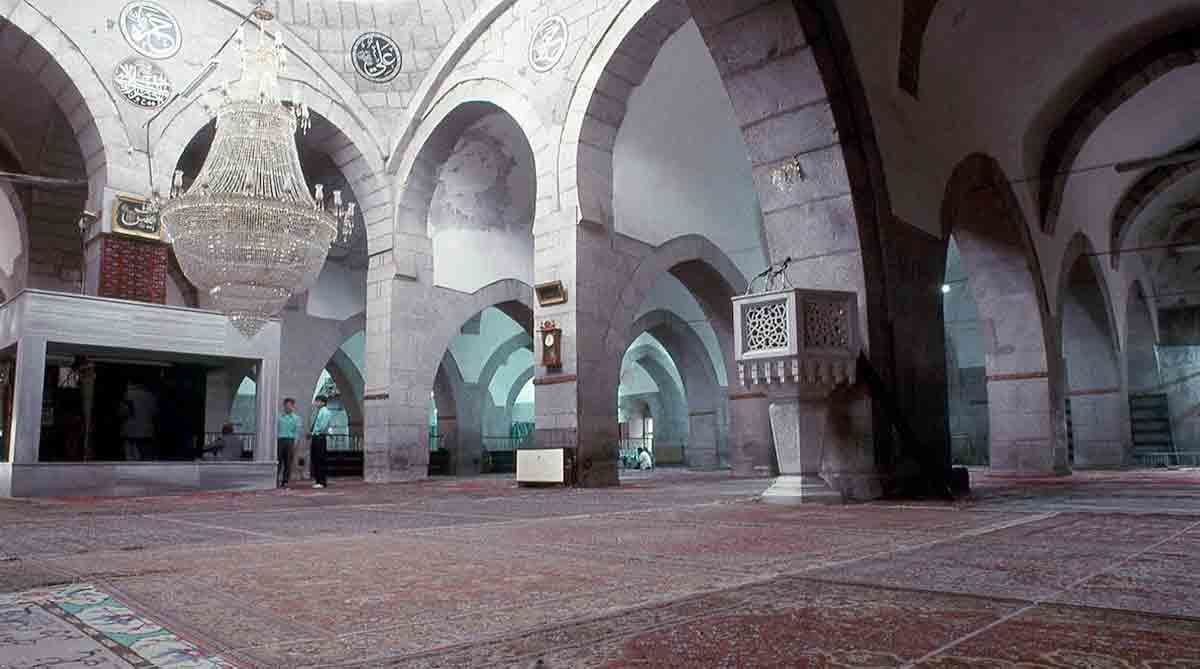
Kayseri is also home to one of the world’s oldest medical schools and hospitals: the Gevher Nesibe Medical Complex.
Kayseri was a significant Medieval trading hub, attracting merchants from across the Islamic world who would gather to exchange goods and ideas. Today, you can still find many landmarks from the Seljuk Empire that provide insight into their vision of urban life. One of the highlights is the Hunat Hatun Complex, built in 1246 CE, which is a beautiful example of Seljuk city planning. Built by Mahperi Hunat Hatun, the wife of Sultan Alaeddin Keykubad I, this complex combines a mosque, madrasa, hammam, and tomb—all within one combined space. The mosque itself is a beautiful representation of Seljuk stone carving, with its grand portal and elegant simplicity reflecting the artistic style of the era.
Struck by guilt over denying his sister’s love and unknowingly causing her heartbreak, Sultan Kaykhusrav I ordered the construction of the avant-garde complex in 1206. It was meant to honor her dying wish—to establish a place where patients could receive free medical treatment and scholars could study to cure diseases.
This institution was centuries ahead of its time. It functioned as both a hospital and a medical school, where students learned about medicine, surgery, and mental health treatments—long before similar institutions emerged in Europe. The complex has been transformed into the Seljuk Civilization Museum, where you can explore exhibits detailing the era’s scientific advancements and daily life.
